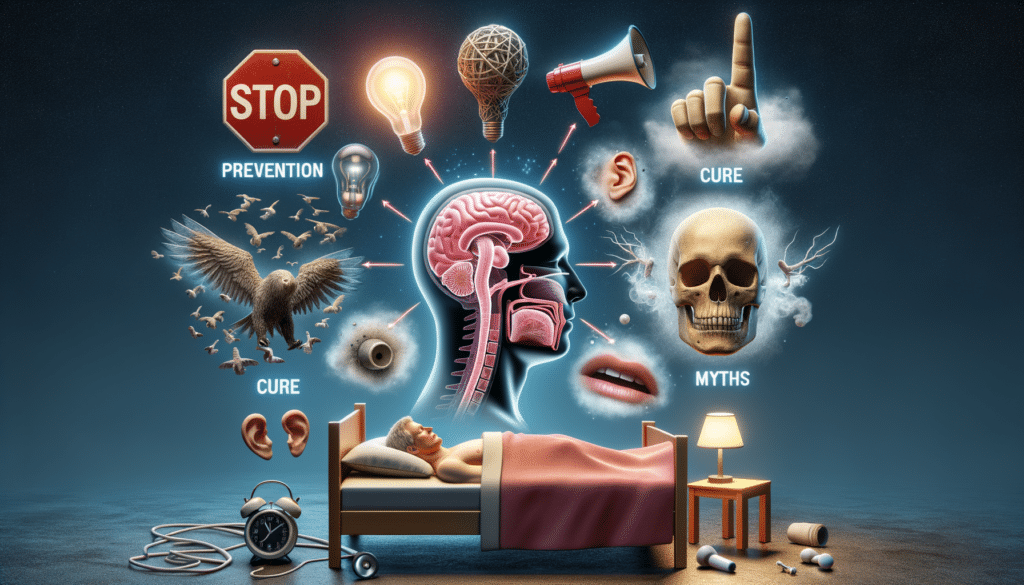Understanding Sleep Apnea: Causes and Concerns
Sleep apnea is a common yet often overlooked sleep disorder where breathing repeatedly stops and starts during sleep. This condition can lead to a range of health problems, including cardiovascular issues, daytime fatigue, and cognitive impairments. The primary types of sleep apnea include obstructive sleep apnea (OSA), central sleep apnea (CSA), and complex sleep apnea syndrome, which is a combination of the two. OSA occurs when throat muscles intermittently relax and block the airway during sleep, while CSA involves the brain failing to send proper signals to the muscles that control breathing.
People might be afraid of sleep apnea due to its potential complications. The idea of repeatedly stopping breathing during sleep can be unsettling. Moreover, untreated sleep apnea is associated with increased risks of high blood pressure, heart attack, stroke, and diabetes. The disorder also affects the quality of life, leading to excessive daytime sleepiness, which can impair daily activities and increase the risk of accidents.
Despite these concerns, it’s important to note that sleep apnea is manageable with proper treatment. Understanding the nature of the disorder and its implications can help alleviate fears and encourage individuals to seek medical advice. Awareness and early intervention are key to mitigating the risks associated with sleep apnea.
Debunking Sleep Apnea Myths
There are several myths surrounding sleep apnea that can lead to misunderstandings and reluctance to seek treatment. One common myth is that only older, overweight individuals are affected by sleep apnea. While it’s true that these factors can increase risk, sleep apnea can affect people of any age and body type, including children and those with a healthy weight.
Another myth is that snoring is synonymous with sleep apnea. While snoring is a common symptom, not everyone who snores has sleep apnea, and not everyone with sleep apnea snores. It’s essential to differentiate between simple snoring and the more serious condition of sleep apnea, which involves pauses in breathing.
A third misconception is that sleep apnea is not a serious health concern. In reality, untreated sleep apnea can lead to severe health issues, including heart disease and metabolic disorders. It’s crucial to recognize the potential impact of this condition and seek appropriate treatment.
By dispelling these myths, individuals can better understand the seriousness of sleep apnea and the importance of seeking medical evaluation and intervention. Education and awareness are vital in promoting effective management and treatment of this sleep disorder.
Identifying Sleep Apnea: Signs and Solutions
Recognizing the signs of sleep apnea is the first step toward effective management. Common symptoms include loud snoring, episodes of stopped breathing during sleep, abrupt awakenings accompanied by gasping or choking, and excessive daytime sleepiness. Other indicators may include morning headaches, difficulty concentrating, mood changes, and dry mouth or sore throat upon waking.
If you suspect you have sleep apnea, it’s essential to consult a healthcare professional for a proper diagnosis. A sleep study, either conducted at a sleep center or at home, can confirm the presence of sleep apnea and determine its severity. Based on the findings, treatment options can be explored.
There are several ways to manage sleep apnea effectively. Lifestyle changes, such as losing weight, quitting smoking, and avoiding alcohol and sedatives, can significantly improve symptoms. Continuous Positive Airway Pressure (CPAP) therapy is a common and effective treatment that keeps the airway open during sleep. Oral appliances and surgery are other options for those who cannot tolerate CPAP. Additionally, positional therapy can help individuals who experience apnea primarily when sleeping on their back.
Understanding the symptoms and available treatments can empower individuals to take control of their sleep health. Early intervention and adherence to treatment can improve quality of life and reduce the risks associated with sleep apnea.


